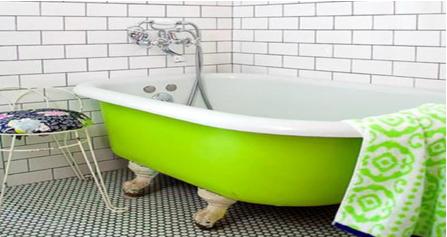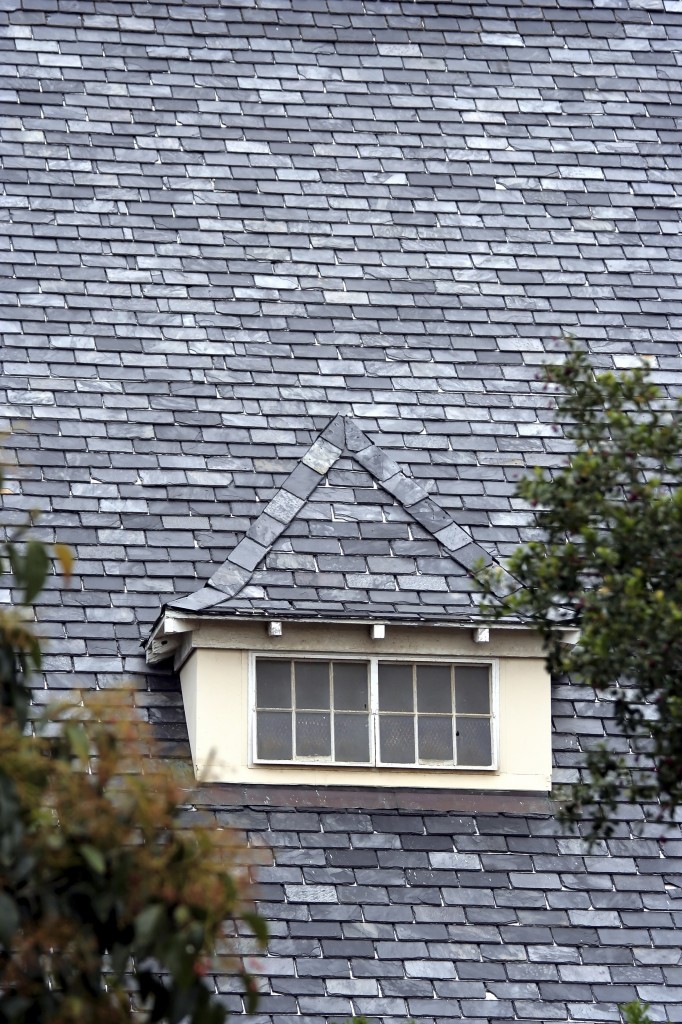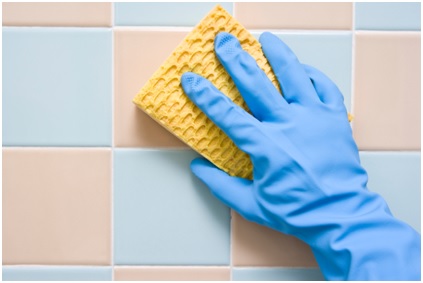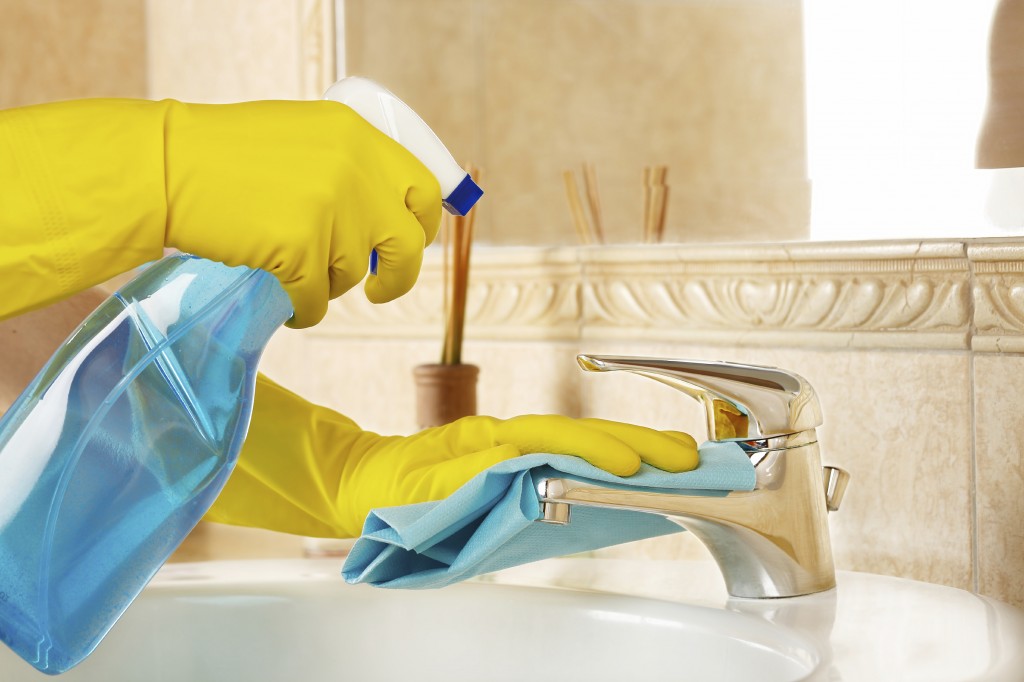There’s nothing worse than coming home to run a nice relaxing bath and realising your bathroom has started to breed its own colony. Soon enough, these feisty fungi invaders begin to take over your bathroom, leaving you feeling both grossed out and upset that your relaxing haven has now become home to meddling mouldy monsters.
So, how can you spot mould before it spreads, and how can you prevent mould from appearing in the first place?
How to Spot Mould
Sometimes it can be difficult to discern whether something is mould, or just simply dirt. Mould comes in a variety of forms and colours. It is generally a dark colour such as black, brown or a very dark green. Quartz tiles are an excellent tile to use; while providing a very unique look to the room , the colour pigments in the natural rock allow you to see any mould build up with ease.

Mould occurs in areas which are moist, damp and have a limited air flow; the perfect conditions for mould to be able to grow. The spores are all around us; even now there are little mould spores just looking for a surface to land on where they can grow and develop.
They can grow on any surface which meets the criteria above, no matter how clean or unclean the surface is. Mould doesn’t equal a dirty bathroom, which is a common misconception. As long as the conditions are met in order for the spores to grow, mould will grow on all surfaces; even lavishly decorated bathrooms can suffer from mould!
How to Prevent Mould
There is no way to cure mould completely, as the nature of the spores requires certain conditions to be present for the mould to form. This means that the prevention of mould is a lot easier than trying to completely eradicate mould spores from your bathroom.

Reduce Moisture
This might seem like an impossible task, but there are a few simple ways to reduce the amount of moisture in your bathroom.
Open a Window
Increasing the ventilation in the room while taking a shower will allow the steam to escape, reducing the amount of moist air in the room.

Leave the Door/Curtain Open
After showering, leave the door/curtain of your shower open to allow the moisture to dissipate more readily. Couple this with an open window, and the moist air will escape far quicker.

With a curtain, moisture tends to cling to the fabric so partially closing the curtain and leaving a gap for the steam to escape. Your curtains will need to be taken down and cleaned every so often or even completely replaced, so if this is becoming an increasingly regular occurrence, maybe look into installing a shower door.
Remove the Moisture Yourself
This may sound a bit ridiculous, but drying the walls yourself removes the water droplets, allowing the room to dry quicker!

Use a Sealant
Sealant’s won’t stop mould from growing, but it will increase the amount of time it takes for the spores to be able to penetrate into your grouting and possibly then into your tiles. Sealant makes areas easier to clean, even if mould does begin to grow, while still protecting your beautiful tiles!
Regular Cleaning
This should be an obvious step when it comes to trying to combat mould, but regular cleaning allows you to consistently keep on top of mould build up. Using household cleaners, especially mildly acidic ones will help you fight any mould that you find, and cleaning little and often will help you avoid a full blown mould infestation.

Here at Tilemart, we love all things tile, including giving you the best advice on how to keep your tiles looking their best. Avoiding mould build up will make your bathroom experience more enjoyable; no one wants to share their bath with a fungi!
We hope that our tips have helped you reduce the amount of mould in your bathroom! If you would like any more information on any of our products, get in touch by calling 01772 258 998 and one of our dedicated team will be happy to help you.



























Leave a comment
This site is protected by hCaptcha and the hCaptcha Privacy Policy and Terms of Service apply.